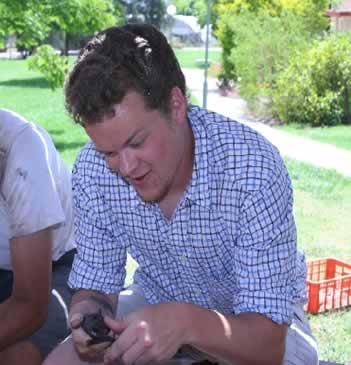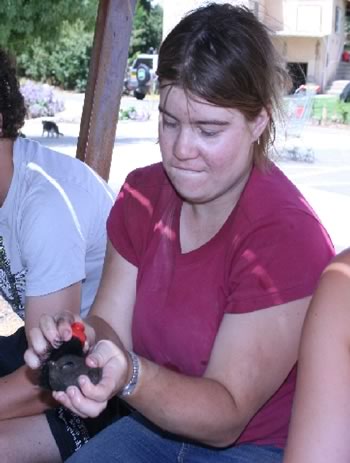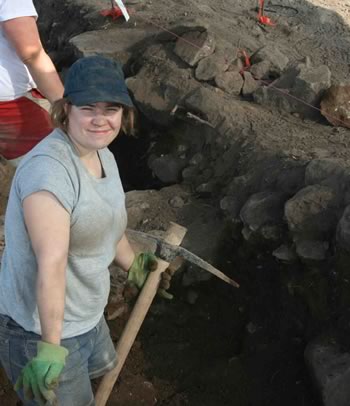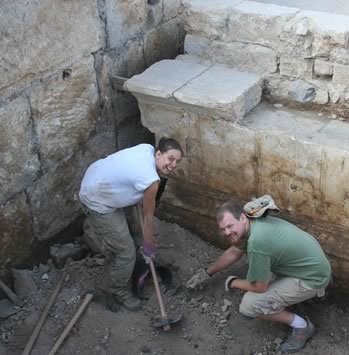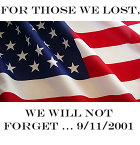 |
||||||||||
|
|
||||||||||
 |
|
The following is copied from an article on the Carthage College web site during the Summer of 2006. - Inntrepid |
||||
Carthage Students Participate in Excavations in Northern Israel |
||||
|
Carthage Students Participate in Excavations in Northern Israel |
||||
|
Omrit is a Roman period site. The most prominent feature of Omrit is an early Roman imperial (50 BCE-100 CE) temple complex. The earliest structure on the site is a small, ornate hellenistic-early Roman shrine with beautiful frescoed exterior. A second temple was built by Herod the Great around the year 20 BCE to honor the first Roman emperor Augustus. This first temple (temple I) encased the earlier ornate shrine. This temple, built during the reign of Herod, was later expanded during the late first century CE. Omrit is situated where the Israel, Lebanon, and Syrian borders meet. The Omrit site and the Kibutz where the team stays -Kibbutz Kfar Szold - are a few hundred meters from the 1967 Syrian border. The work schedule The team wakes up at 4:30 a.m.. The group is on the site and working by 5:30 p.m. They leave the site by noon due of the heat of the Middle East. In the afternoons students wash pottery, identify artifacts, and update their square notebooks and journals. Three evenings each week the group has lectures at the Kibbutz. These lectures cover ancient history, architecture, pottery and artifact preservation, but also deal with regional history, current political issues and conflict in the region, and visiting lectures by local leaders and scholars. During the weekends the group tours important and historic sites and museums in Israel. At the end of the five week season the group will travel to Jerusalem. |
|
|
||||||||||||||||||||||||||||||||||||||||||||||||||||||||||||||||||||||||||||||||||||||||||||||||||||||||||||||||||||||||||||||||||||||||||||||||||||||||||||||||||||||||
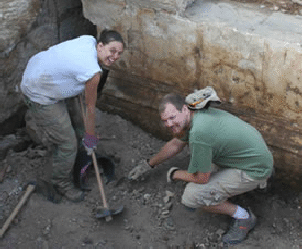 For the first time, a group of Carthage students is participating in Macalester College's excavations at Omrit in northern Israel. Dan Schowalter, religion department chair, and eight Carthage students are part of a team of 45 volunteers who wake up at 4:30 a.m. The group is on the site and working by 5:30 a.m. and leave the site by noon due of the heat of the Middle East. This year marks the eighth season of the Macalester College excavations at Omrit in northern Israel, and the first year of participation by Carthage students.
For the first time, a group of Carthage students is participating in Macalester College's excavations at Omrit in northern Israel. Dan Schowalter, religion department chair, and eight Carthage students are part of a team of 45 volunteers who wake up at 4:30 a.m. The group is on the site and working by 5:30 a.m. and leave the site by noon due of the heat of the Middle East. This year marks the eighth season of the Macalester College excavations at Omrit in northern Israel, and the first year of participation by Carthage students.